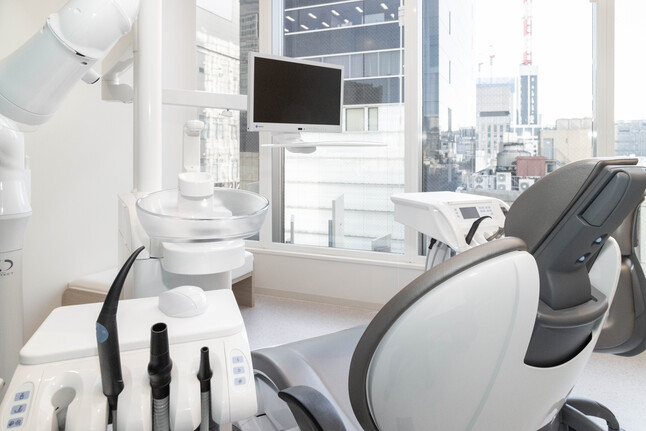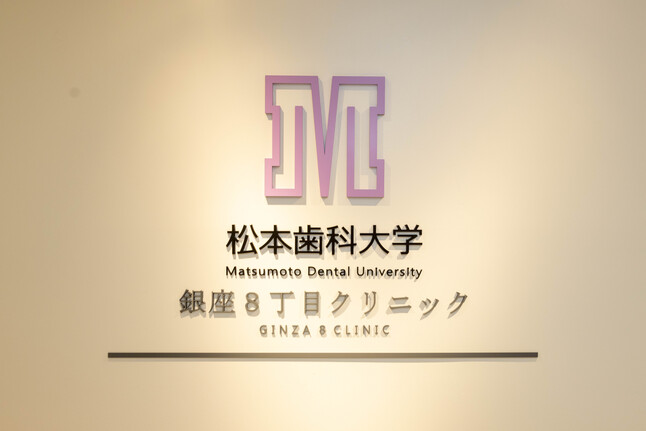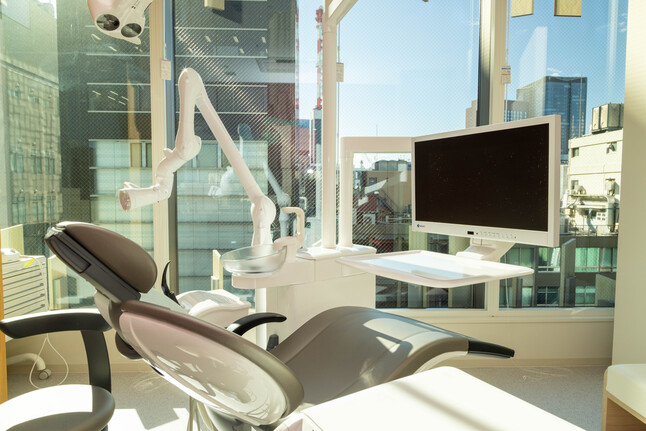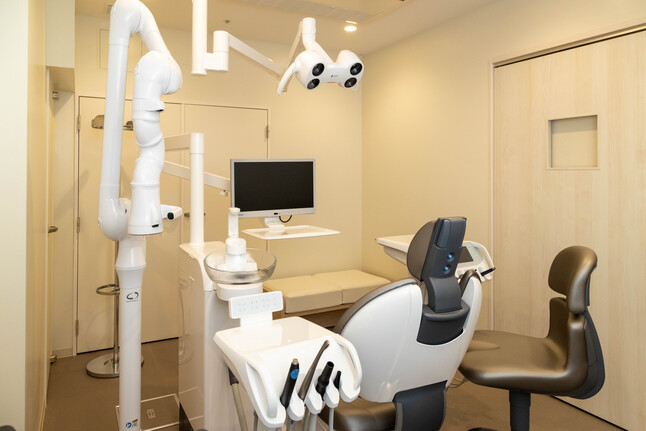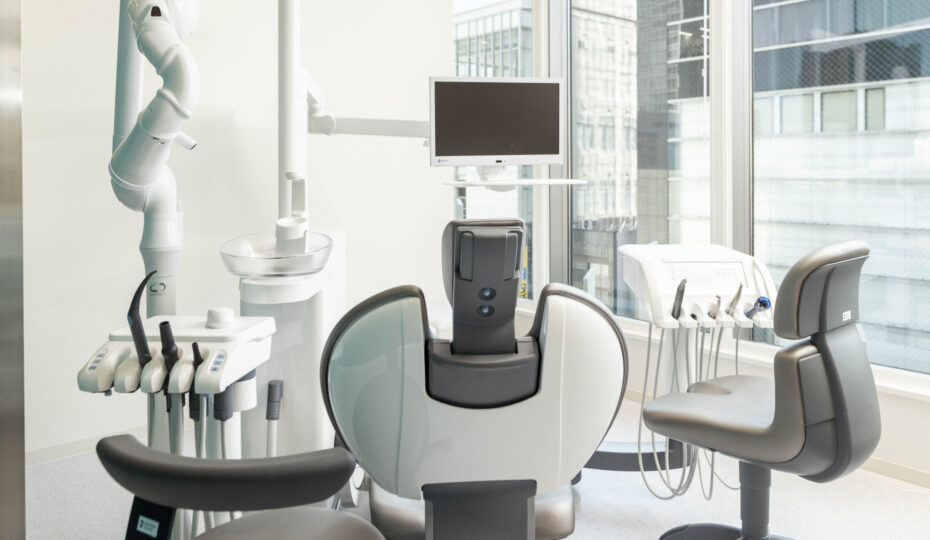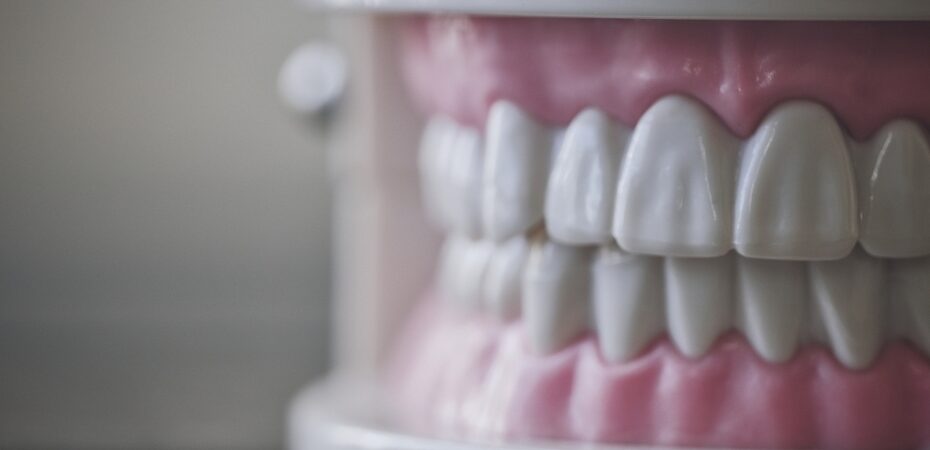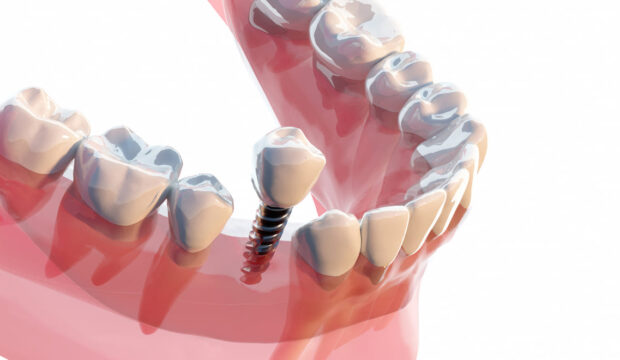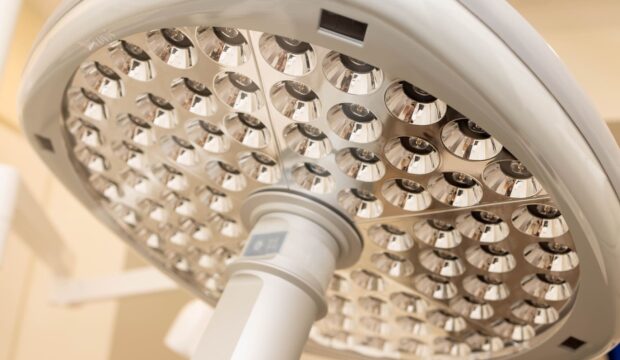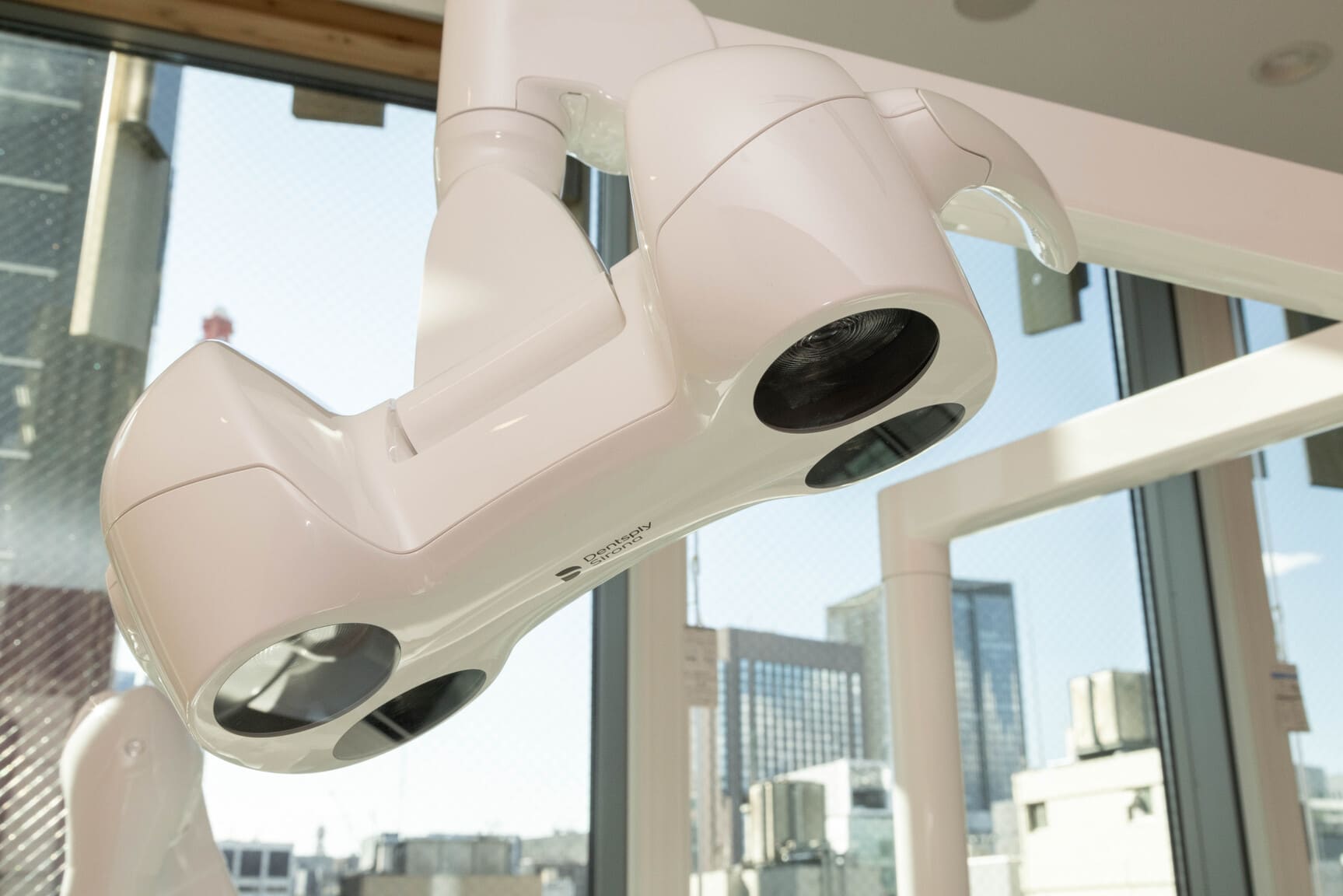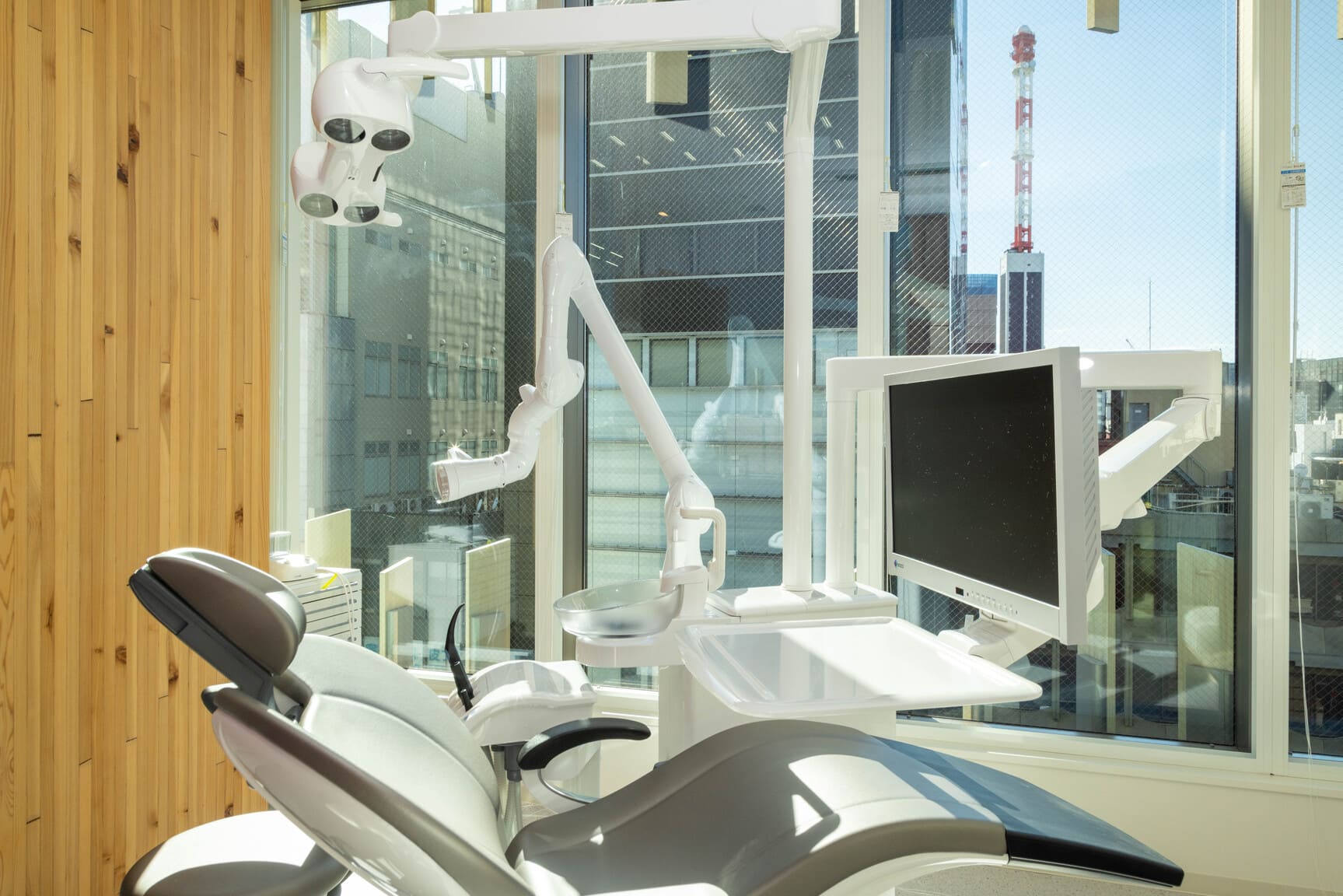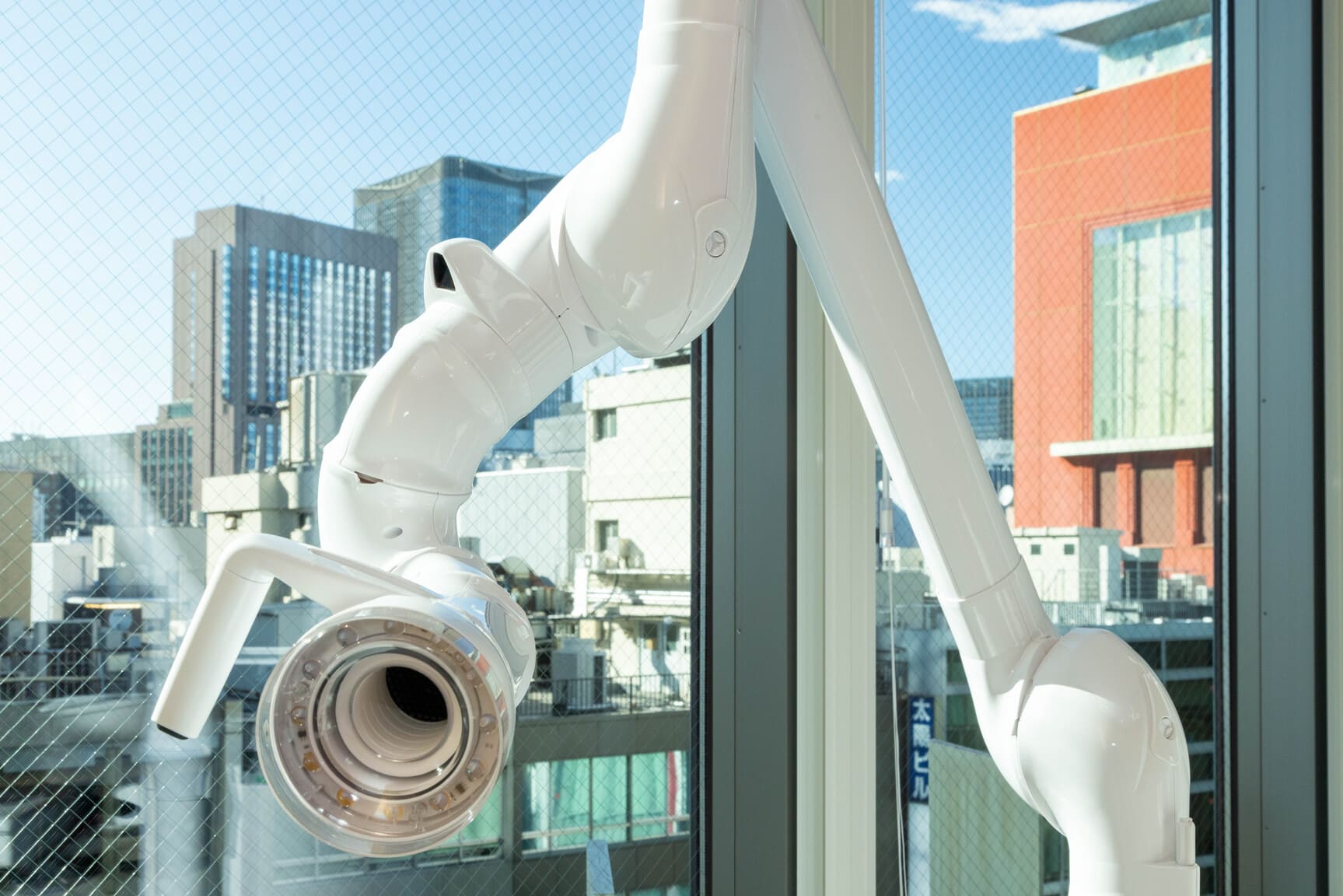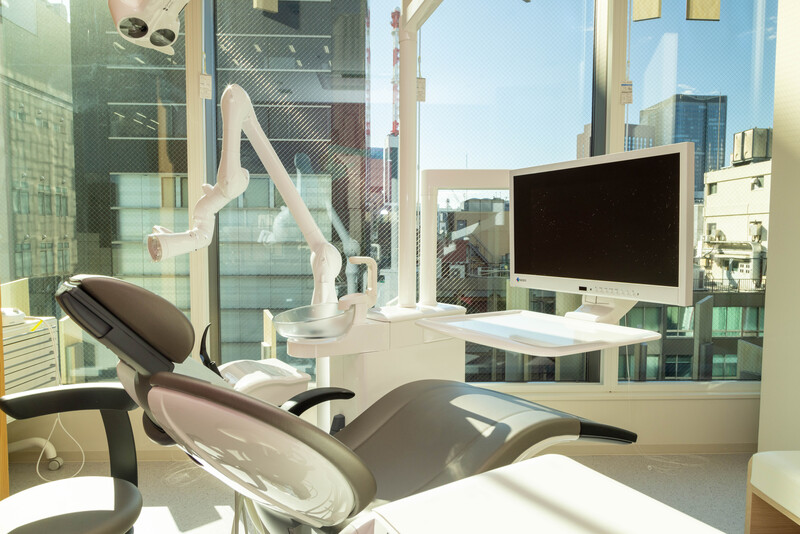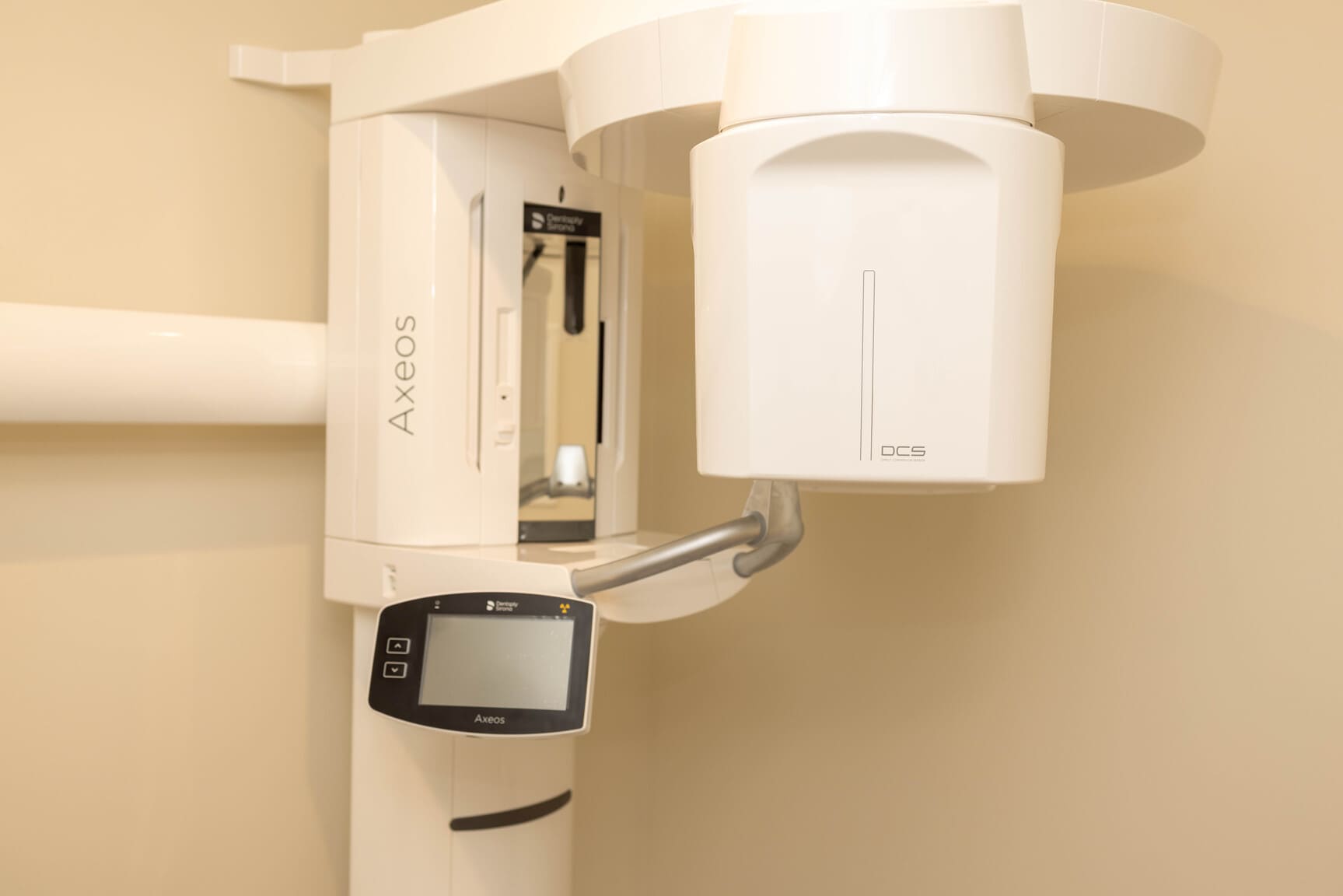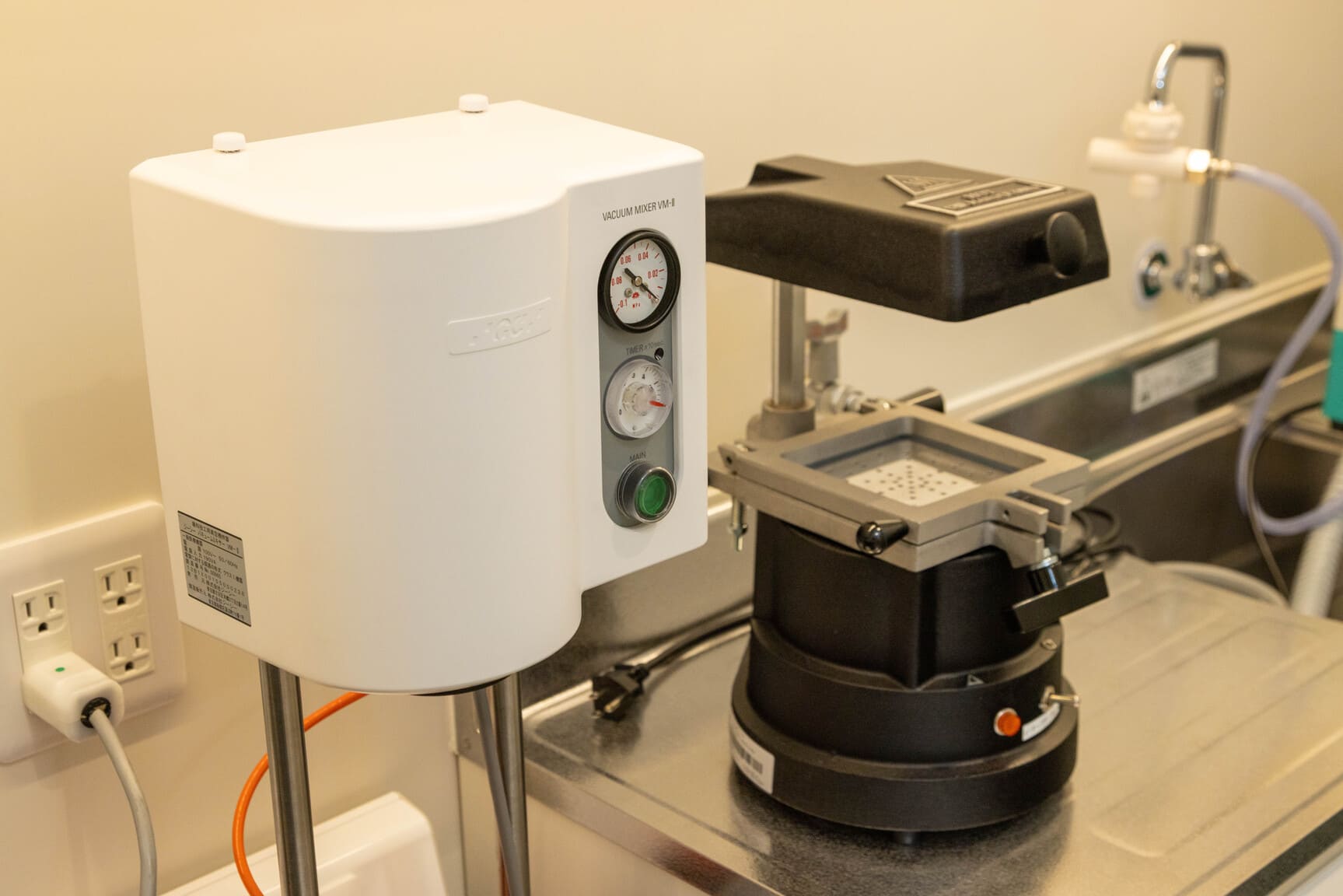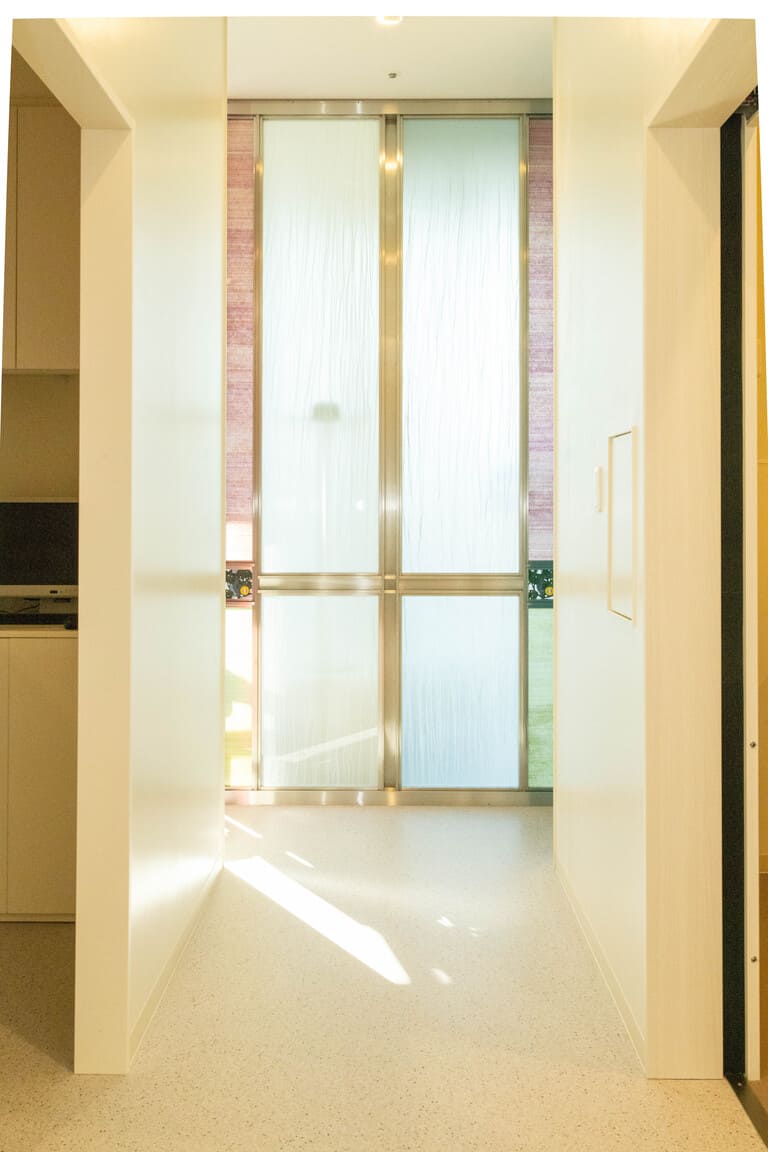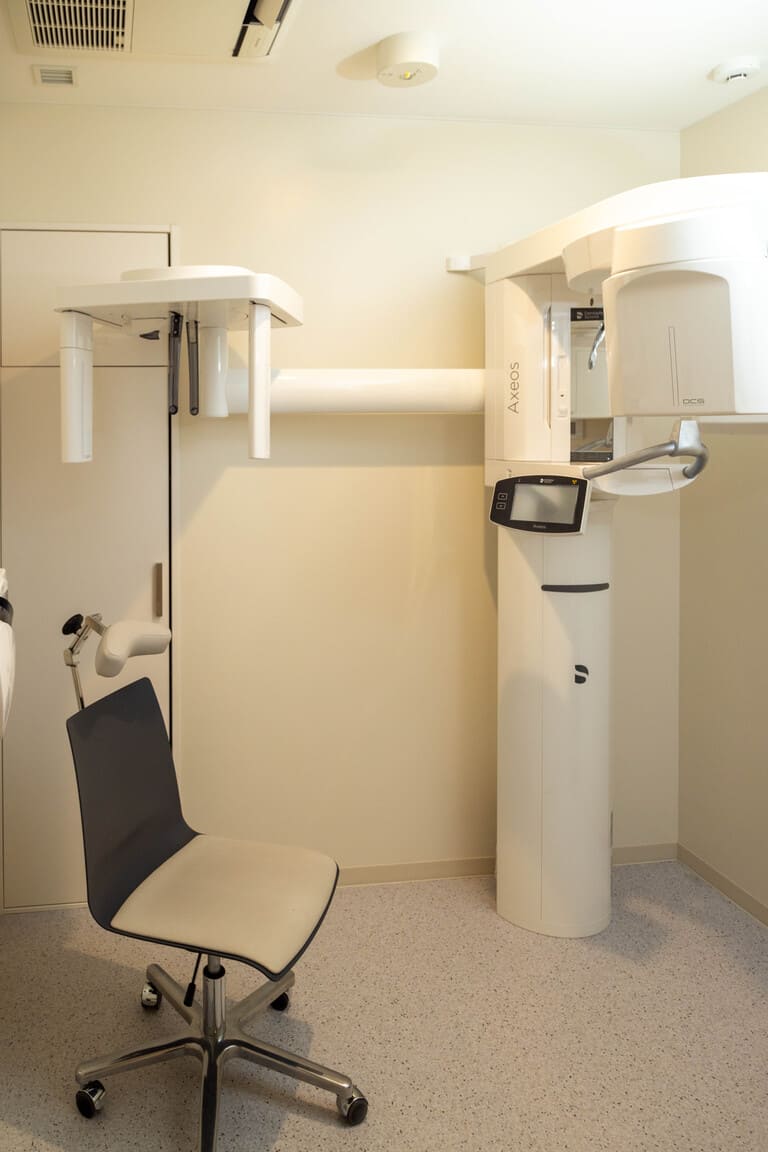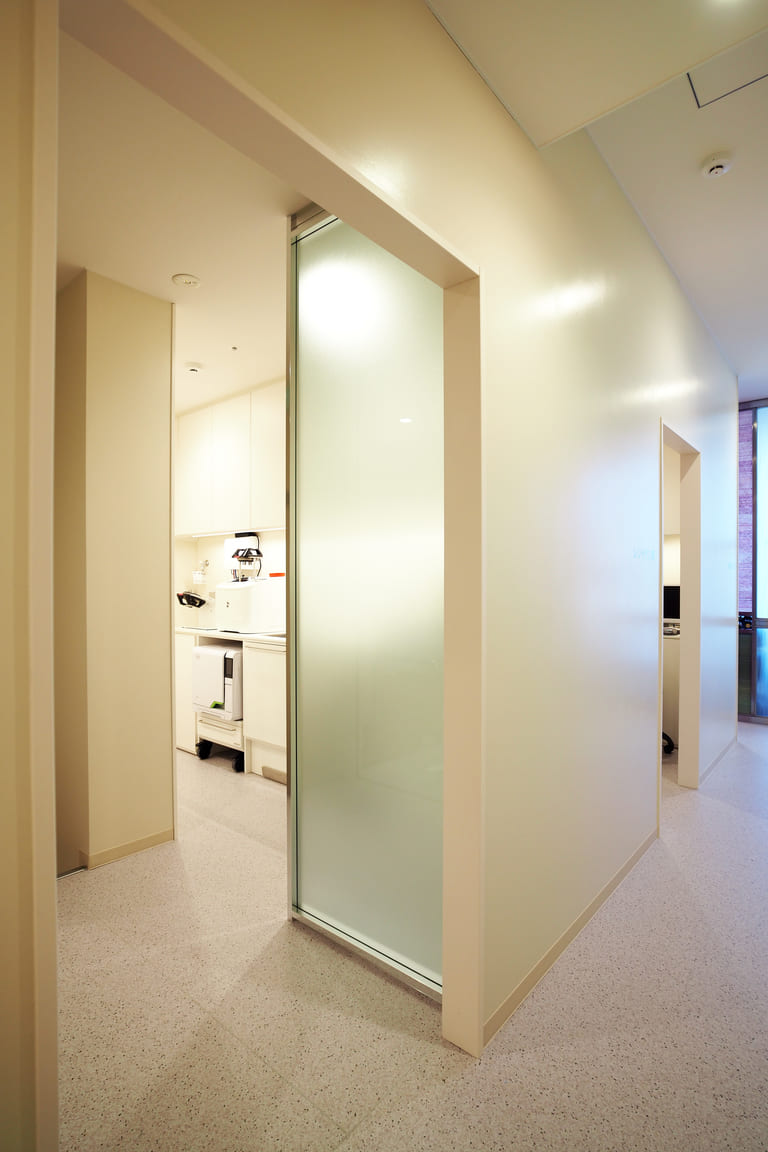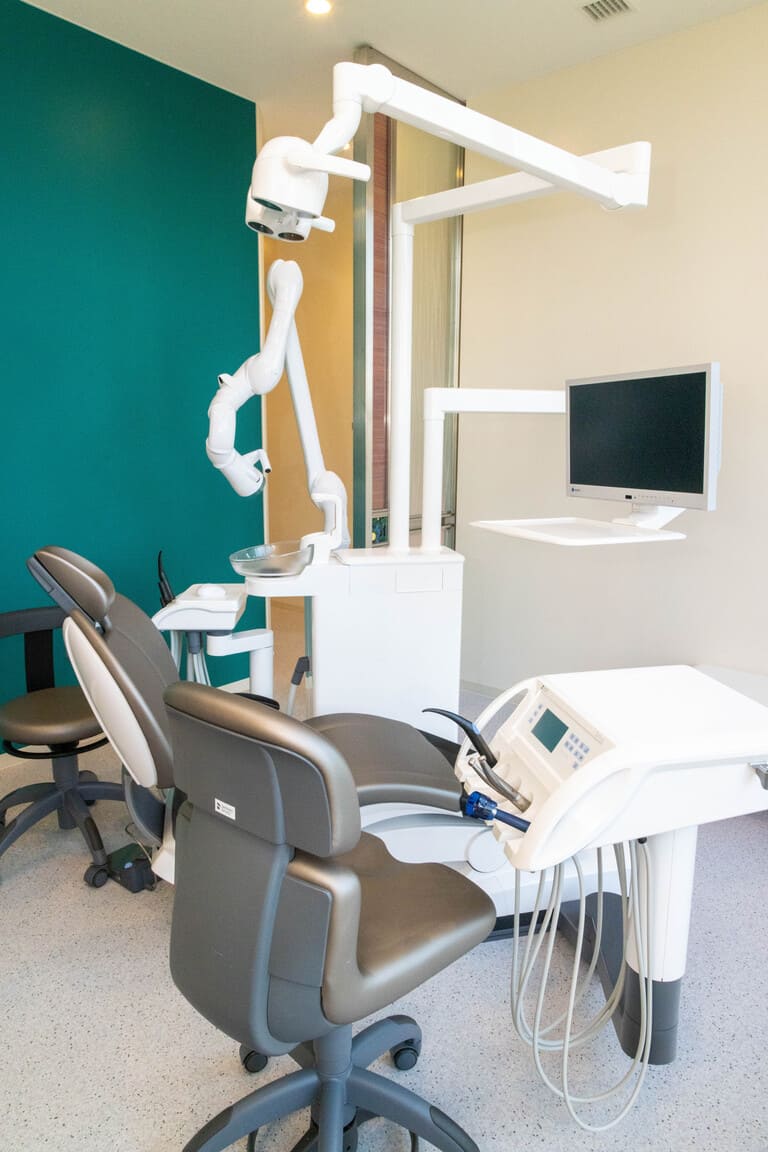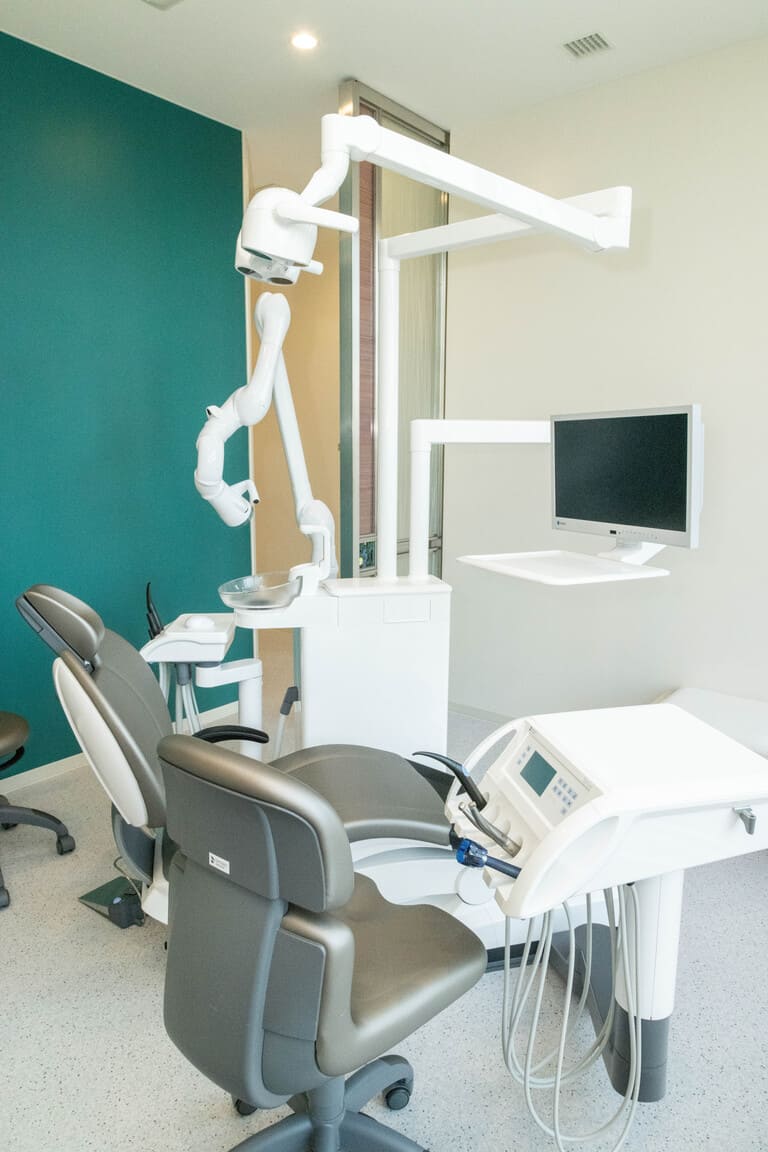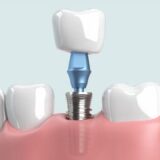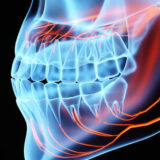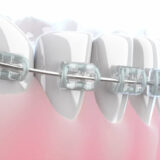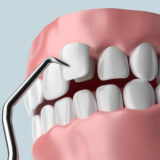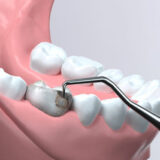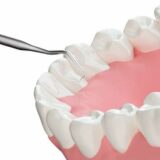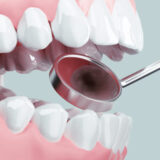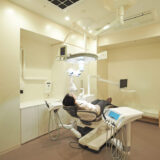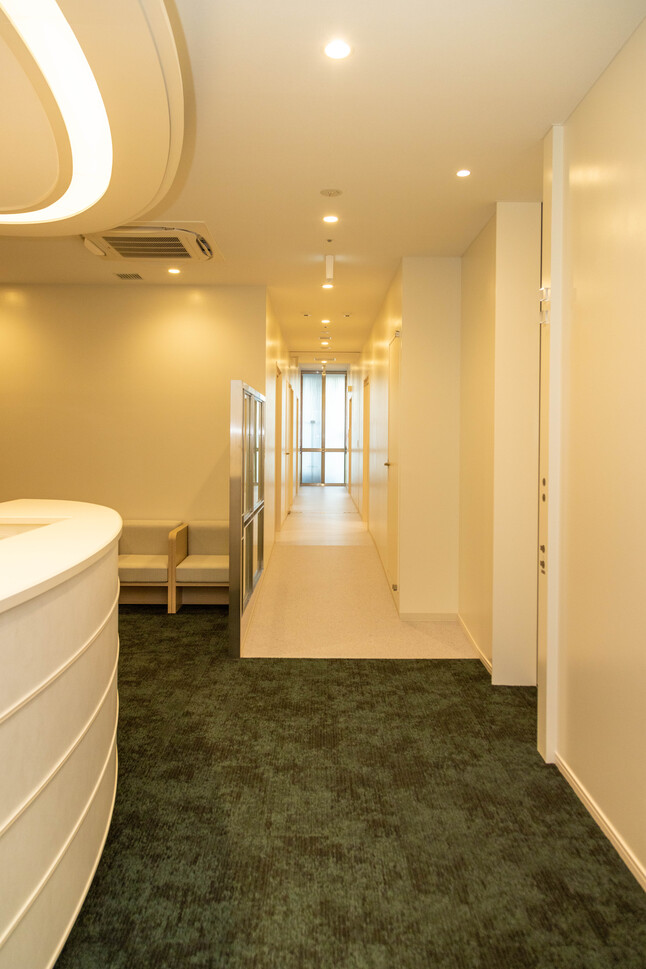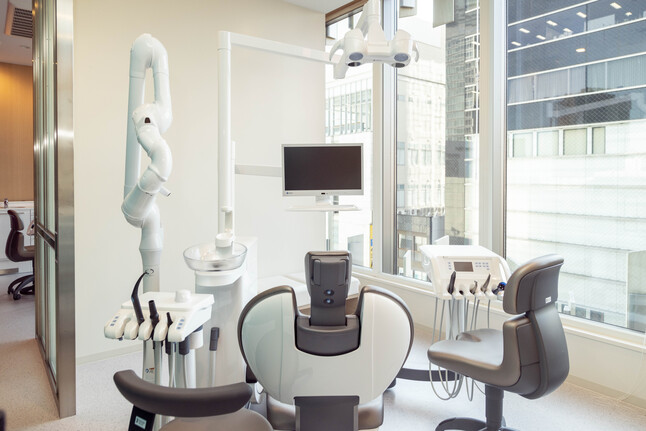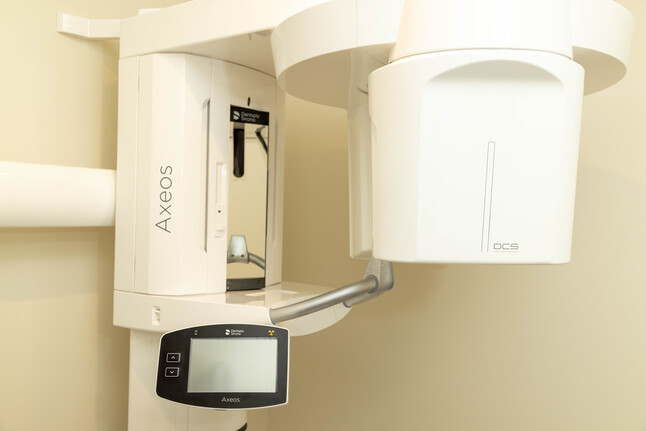Overview of Dental Prosthesis
A method to replace missing teeth with artificial teeth
Dental prosthesis treatment, or prosthetic treatment, is a therapeutic approach used to replace lost teeth due to conditions such as cavities, periodontal disease, and trauma.
It involves the use of artificial teeth to restore function,improve appearance, and repair teeth.
Prosthetic treatment at our hospital
Our clinic offers three main types of prosthetic treatments.
Dental Bridge

A treatment that involves reshaping adjacent teeth to support an artificial tooth, creating a bridge-like structure.
Dentures (Partial and Complete)
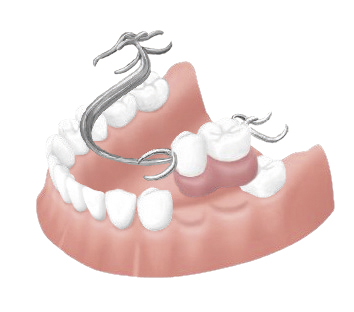
A method to replace missing teeth using artificial teeth and a denture base.
There are partial and complete dentures available.
Laminate Veneers
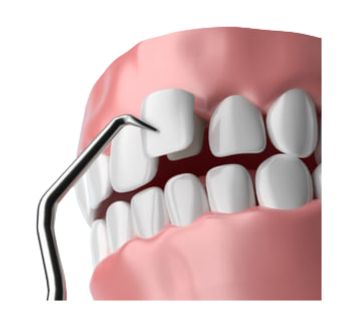
A non-surgical treatment that involves applying thin ceramic shells to the surface of teeth to improve aesthetics.
Dental Bridge Treatment
A non-surgical treatment completed in a short period
A dental bridge is a restoration that uses adjacent healthy teeth as support to replace a missing tooth.
It is mainly used when only a small number of teeth are missing.
The procedure involves preparing the remaining teeth on both sides of the gap, creating abutments, and placing an artificial tooth to bridge the gap.
The advantages include relatively minimal discomfort and a shorter treatment period.
While dental implants are an option for tooth replacement, they involve a surgical procedure, which might not be suitable for everyone.
Dental bridge and denture treatments provide alternative solutions.
Our experienced dental professionals will recommend the most suitable treatment option for each individual.
Dental Bridge Considerations
Impact of reshaping healthy teeth
While dental bridges offer various benefits, there are important considerations to keep in mind.
Dental bridges require significant reshaping of adjacent healthy teeth to create abutments,
Which can be a notable drawback.
Moreover, the abutment teeth not only become weaker due to reshaping but also endure additional stress.
Consequently, the lifespan of the abutment teeth may be reduced.
Advantages and Disadvantages of Dental Bridges
In summary, the pros and cons of dental bridges are as follows.
It is important to understand these aspects, and if you have any questions, please consult our dental professionals.
Pros
- Less invasive, reducing strain on the whole body
- Higher stability and less foreign sensation compared to dentures
- Relatively short treatment period
- Ability to use high-quality materials for enhanced aesthetics (beyond insurance coverage)
Cons
- Requires significant reshaping of adjacent healthy teeth
- Abutment teeth endure significant stress
- Plaque tends to accumulate on the base teeth
- Increased susceptibility to tooth decay and gum disease
Dentures Treatment
Dentures are artificial teeth used to replace missing teeth.
They come in two main types: partial dentures and complete dentures.
Based on materials, there are insurance-covered and private treatment options, each with different appearance and characteristics.
The materials of insurance-covered dentures has been decided.
With private treatment, you have the flexibility to choose materials that suit your needs and condition.
This allows for options such as high aesthetics, reduced thickness for enhanced comfort, and improved durability.
Advantages and Disadvantages of Dentures
The pros and cons of dentures are as follows.
Understand these factors and feel free to ask our dental professionals if you have any questions.
Pros
- No need to reshape healthy teeth
- Less invasive, reducing strain on the whole body
- Removable, making maintenance (cleaning) easier
- Relatively short treatment period
- Eligible for insurance coverage (some materials excluded)
Cons
- May cause discomfort in the oral cavity
- Places stress on teeth with clasps
- May not provide optimal aesthetics
- Reduced ability to chew hard foods (chewing capacity is around 20% of natural teeth)
- Difficulties in pronunciation and speech
- Dentures may come loose
Laminate Veneer Treatment
Non-surgical treatment completed in a short period
Laminate veneers involve minimal reduction of tooth enamel, with thin ceramic shells adhered to the tooth surface.
This treatment is effective for cases of tooth discoloration or minor gaps between teeth.
It provides benefits such as teeth whitening, improved alignment, shape correction, and alignment of uneven teeth, enhancing aesthetics.
With a short treatment duration and minimal tooth reduction, it offers a low-impact solution.
However, certain cases, such as cases with precise occlusion (edge-to-edge bite), cavities requiring nerve treatment, extensive tooth movement, or bruxism habits, might not be suitable for laminate veneers.
Advantages and Disadvantages of Laminate Veneers
The pros and cons of laminate veneers are as follows.
Your attending dentist will explain the details of the treatment method.
If you have any questions, please don’t hesitate to contact us.
Pros
- Quick treatment
- Can align the size and shape of front teeth
- Less tooth reduction compared to crowns
- Resolves minor gaps between teeth without extensive orthodontic treatment
- Minimal discoloration over time
- Ceramic material resists plaque buildup
- Effective whitening for teeth resistant to conventional whitening methods
Cons
- May come off Potential for cracking or chipping
- Requires slight reduction of healthy teeth (approximately 0.3 to 0.8mm)
- May cause some sensation
- Limited applicability (not suitable for severe tooth grinding, significant cavities, or other corrections beyond minor tooth alignment)
